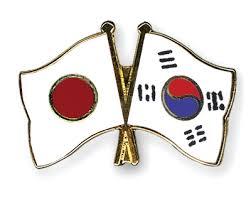Chipchase shared the importance of understanding the background of one’s target audience. Often, we neglect the basis and intent of designing. Products are usually designed for people yet some designers fail to incorporate thoughtfulness to their work. A good design naturally arises from observations and research of the target group. Customising a design that is convenient and suits the need of the people.
Culture is a major considering factor to great design. Having been to Japan and Korea this summer, I’ve realised the stark difference in their cultures. Take dining in Japan, for example. Meals are usually in the form of individual sets where sharing almost seems to be disrespectful towards the chefs.

However, in Korea, friends are commonly seen sharing a huge portion of food coming from a single pan. In which not sharing is a selfish act.

Questions:
- How large should the database be to make a non-bias analysis?
- With the multicultural society we live in, how can one strike a balance between satisfying the masses and creating a design that suits the majority?

Pearlyn I’m interested to learn more about the observations of cultural difference in dining between Japan and Korea. How about Singapore?
In a survey and analysis phase of development, you should have first an understanding of how general your audience would be and then develop a database of interviews/surveys that reflects a microcosm of that audience. It’s called sampling. Depending on your findings, they can help guide the direction of your project. There is no perfect solution but the more you can find out from your potential audience, the more nuanced your design will be in responding to their needs or opinions.